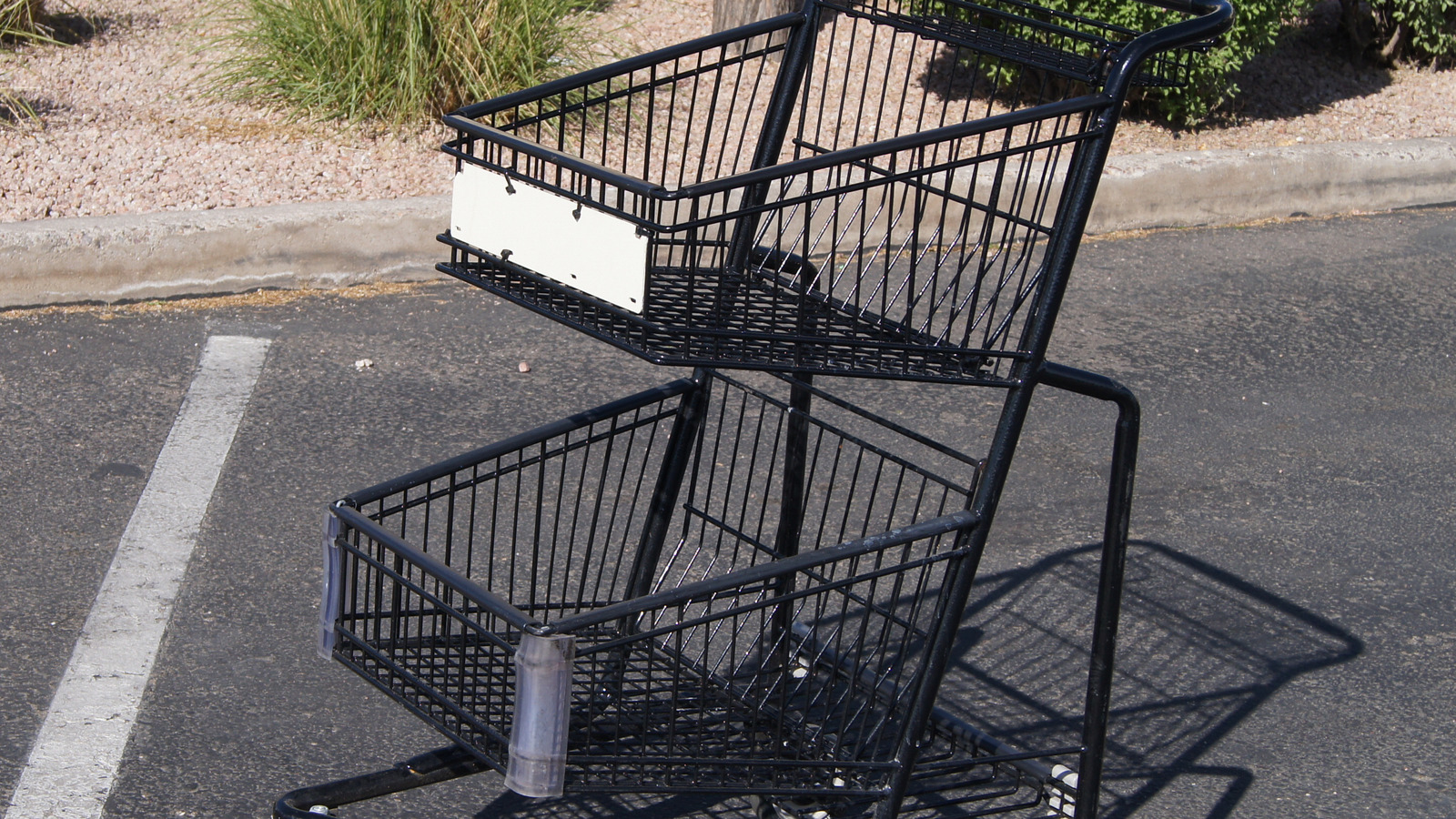Shopping
Our Shiny New 2-Tier Shopping Carts Are Actually From The 1930s – Chowhound

Amid the economic depression, the 1930s were ripe for innovation. During the decade, electric refrigeration took off, frozen foods became more widely available, and stores grew in size and scale. But as more goods became available, handheld baskets couldn’t accommodate everything that people wanted to purchase. So, as the landscape of grocery shopping changed, the methods of navigating it did too.
Advertisement
After his first foray into wholesale produce went belly-up in the 1920s, grocery store owner Sylvan Goldman studied grocery retailers in California. He returned to his home state of Oklahoma to start a self-service chain with woven baskets so customers could shop freely. By the mid-1930s, he owned half of the Piggly Wiggly chain, the first modern grocery store. But Sylvan still sought to improve the grocery shopping experience, committed to increasing how much people could carry — and buy. Inspired by a folding chair, he designed the two-tier shopping cart with mechanic Fred Young in 1937. The wheeled cart featured two wire baskets suspended above one another with a metal frame.
Goldman expected the carts to be immediately popular, but shoppers didn’t like them. Men felt they’d look weak using them; women felt they were too similar to the baby strollers they were tired of pushing around. But the initial resistance was easily influenced away. Goldman hired fake shoppers to push the carts around the store, encouraging real shoppers to use them. By the 1940s, the shopping cart became mainstream — and it’s evolved a great deal since.
Advertisement










